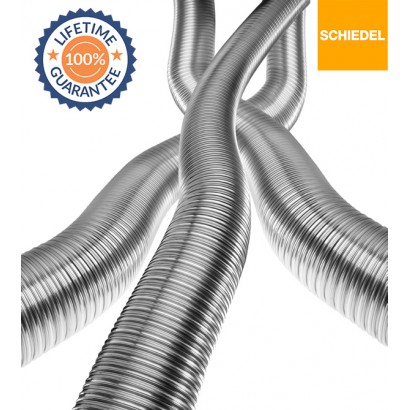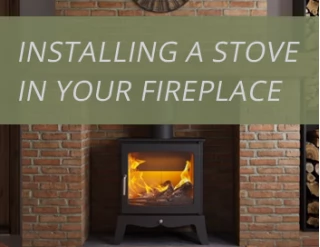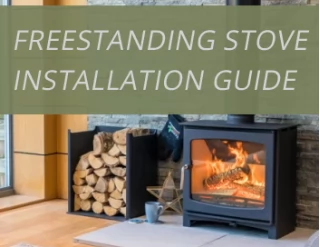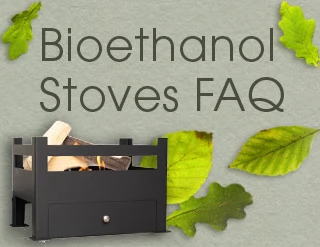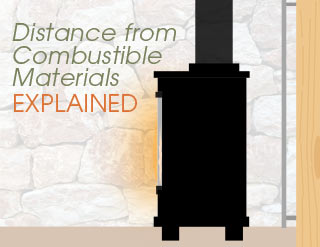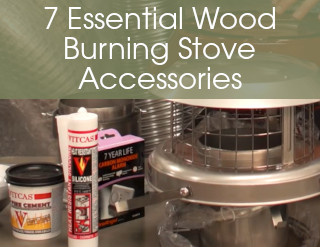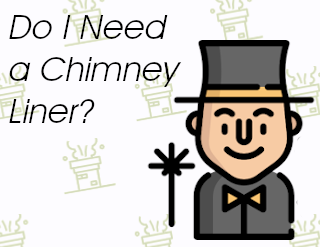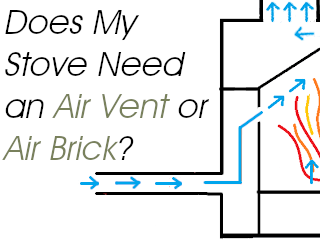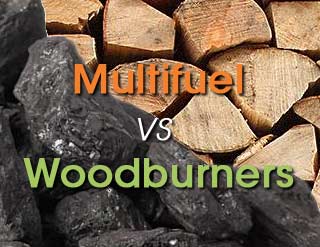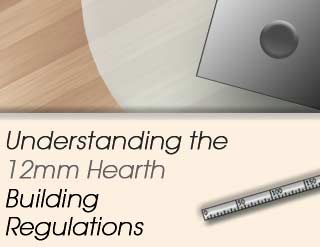Do I need a chimney liner for a wood burning stove?

If you are hoping to keep the budget for your wood burning stove to a minimum, you may be asking yourself: does a wood burner need a flue liner? You might be surprised to learn that getting a flue liner for your stove is actually one of the most important things you can do to keep your stove in top working condition.
What is a flue liner and why do I need it?
A flue liner is a flexible stainless steel tube that runs up the inside of your chimney, carrying the fumes up inside it instead of straight into your chimney.
It is usually recommended you line your chimney to keep it working as safely and efficiently as possible. Flue liners are needed for a number of reasons:
- The chimney or flue may have lost integrity over time and may become eroded and rough. This causes frictional resistance that can stop air being drawn up the chimney efficiently. Installing a stainless steel chimney liner is an easy way to repair an unsafe, inefficient, or damaged chimney.
- Large flues over 200mm might need a smaller flue liner to keep the stove working without losing heat.
- If the chimney is too cold, smoke won’t rise through the chimney properly. This can leave tar and condensation which eventually bleeds through the wall into the house, leaving stains. NB: tar can still build up in a liner, potentially blocking it. It is very important to burn dry wood and have a chimney liner swept every 6 to 12 months depending on use. If the liner blocks, it will need to be removed and replaced, which is costly.
- Chimney fires are a hazard in unlined flues, but with a flue liner they are very rare and contained within the tube.
Although it is not necessarily a legal requirement to fit a flue liner for a woodburning stove, most stove installers would recommend you install one as in most cases it can be hard to determine the quality and potential performance of the chimney just by looking at it. Certain tests can be done but most installers would not sign off a job unless a liner was installed as they are liable. If you are self-installing and are choosing not to line the chimney you would have to convince the building control signing the job off that the chimney is suitable and up to standard.
Lining a chimney for a Wood Burning Stove
Fitting a flue liner for your stove is easy to do with common household tools, and will save you from having to make costly repairs that might come from not using one in the long run.
How long will a stainless steel chimney liner last?
As long as your flue liner has been installed correctly and maintained it should last the entire lifetime of your stove.
All of our liners come with a lifetime of the appliance guarantee and are produced by Schiedel, a world leader in their field.
Chimney Liner Kits
We recommend 316-grade chimney liner for stoves that will be used for burning seasoned wood and occasional use of smokeless coal.
We recommend 904-grade chimney liner for stoves burning a mix of seasoned wood and smokeless coal or smokeless coal on its own.
Bestsellers
5" Schiedel Tecnoflex 316 Grade Build Your Own Flexible Liner Kit, (£22.95 Per Meter) (From £114.75)
£114.76 Ex Tax: £95.63
6" Schiedel Tecnoflex 316 Grade Build Your Own Flexible Liner Kit, (£26.95 Per Meter) (From £134.75) LIFETIME GUARANTEE - For Wood / Smokeless Coal / Gas
£134.75 Ex Tax: £112.29
5" Schiedel Tecnoflex 904/904 Grade Build Your Own Flexible Liner Kit, (£39.79 Per Meter) (From £198.95) LIFETIME GUARANTEE -
£198.95 Ex Tax: £165.79
6" Schiedel Tecnoflex 904/904 Grade Build Your Own Flexible Liner Kit, (£44.79 Per Meter) (From £223.95) LIFETIME GUARANTEE
£223.96 Ex Tax: £186.63

 0 item(s) - £0.00
0 item(s) - £0.00 